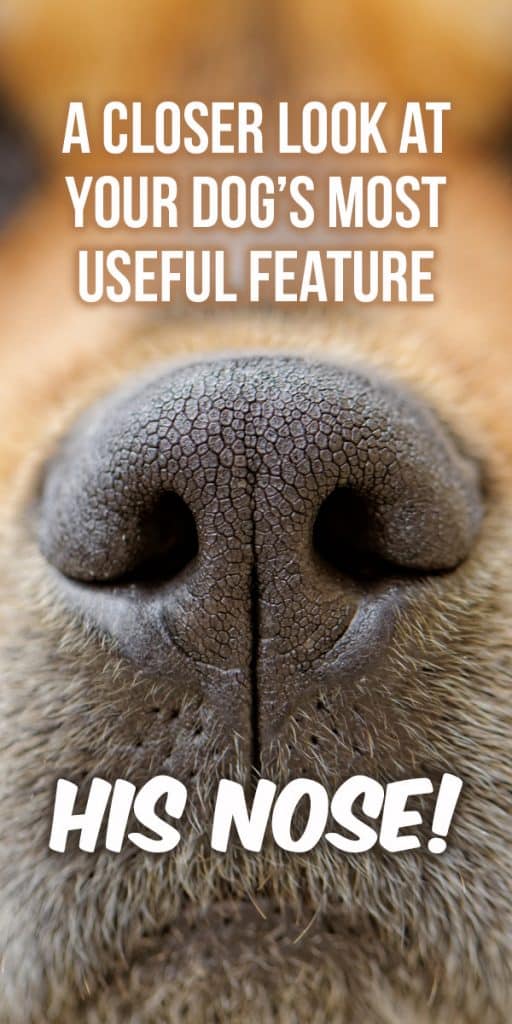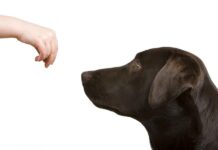A Closer Look at Your Dog’s Remarkable Sense of Smell
The canine sense of smell is nothing short of extraordinary. With over 300 million olfactory receptors, dogs have a sense of smell that is more than fifty times greater than that of humans. This remarkable ability allows them to detect scents long before humans can even notice them.
The Unique Features of a Dog’s Nose
While many dog noses may look similar, each is unique—much like a human fingerprint. The distinct lines, shapes, bumps, and valleys on every dog’s nose tell a unique story about its identity and health.
Why Your Dog’s Nose Matters
Beyond being an extraordinary sensory organ, a dog’s nose plays vital roles, including:
- Detecting scents for hunting and tracking
- Communicating with other dogs through scent markers
- Providing information about their environment
Caring for Your Dog’s Nose
The maintenance of your dog’s nose is generally straightforward, but vigilance is key. Despite a common misconception, a dry nose does not necessarily indicate illness; a healthy dog’s nose can often feel dry to the touch. However, it’s essential to monitor for symptoms of potential problems, such as:
- Extreme dryness
- Flakiness
- Redness or sores
- Texture changes
If your dog frequently eats from plastic bowls, consider switching to stainless steel, as plastic can harbor bacteria that irritate the nose’s sensitive skin. If dryness is an issue, using a nose balm can help maintain moisture and keep it pliable.
Understanding Other Nose Symptoms
A runny nose can indicate allergies, illness, or even a foreign object stuck in your dog’s nasal passages, necessitating a vet visit. Similarly, while sneezing can sometimes be a sign of stress or excitement, excessive sneezing should be addressed with your veterinarian.
Protecting Against Sun Damage
Just like humans, dogs can suffer from sunburn, particularly light-skinned breeds. Applying a dog-safe sunscreen before outdoor activities can help to protect against harmful UV rays.
Utilizing Your Dog’s Nose in Training
Your dog’s sense of smell can be a pivotal asset during training. For instance, when housetraining, eliminating any traces of urine is crucial using a UV light to detect unseen spots. By ensuring the area is clean, you discourage your dog from returning to the same spot.
If you want to set a designated potty spot, using an attractant can effectively encourage your dog to use the area reliably. Additionally, basic commands like sit, lay down, or shake can be reinforced by utilizing their sense of smell with treats as lures.
Building Confidence Through Sniffing
Enhancing your dog’s confidence involves providing new opportunities for them to engage their sense of smell. Instead of conventional feeding methods, consider a snuffle mat or food puzzle to make meals more engaging.
Engaging in activities such as nosework, tracking, or barn hunt can also serve to both stimulate your dog’s senses and build their confidence. These activities can be practiced at home or at a competitive level, providing both you and your dog with enjoyable and enriching experiences.
Enjoyed this article? Pin it!













